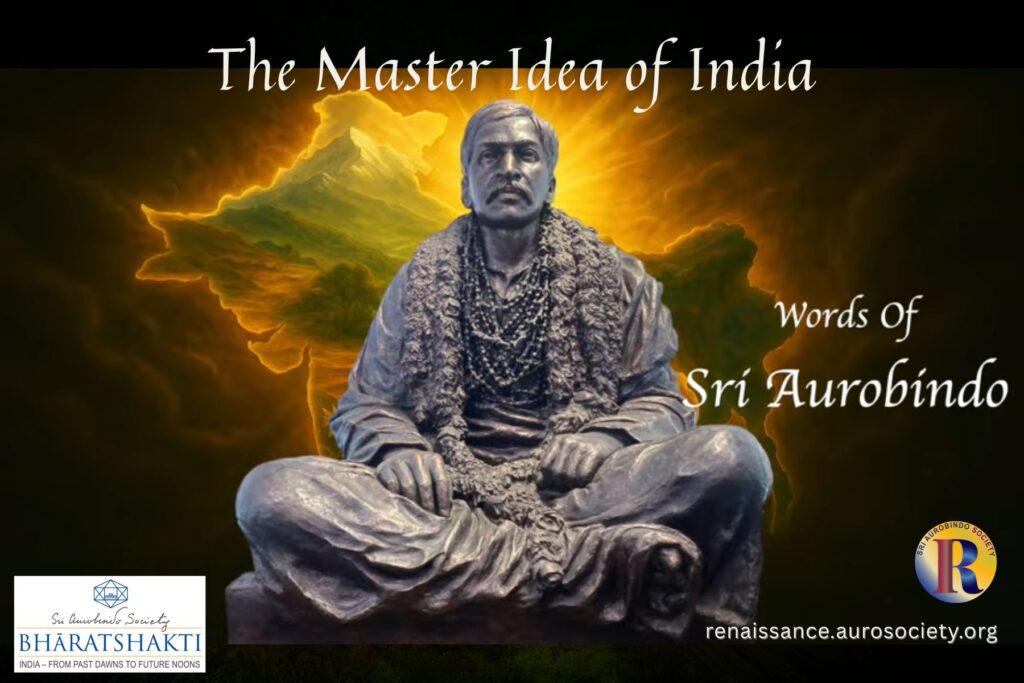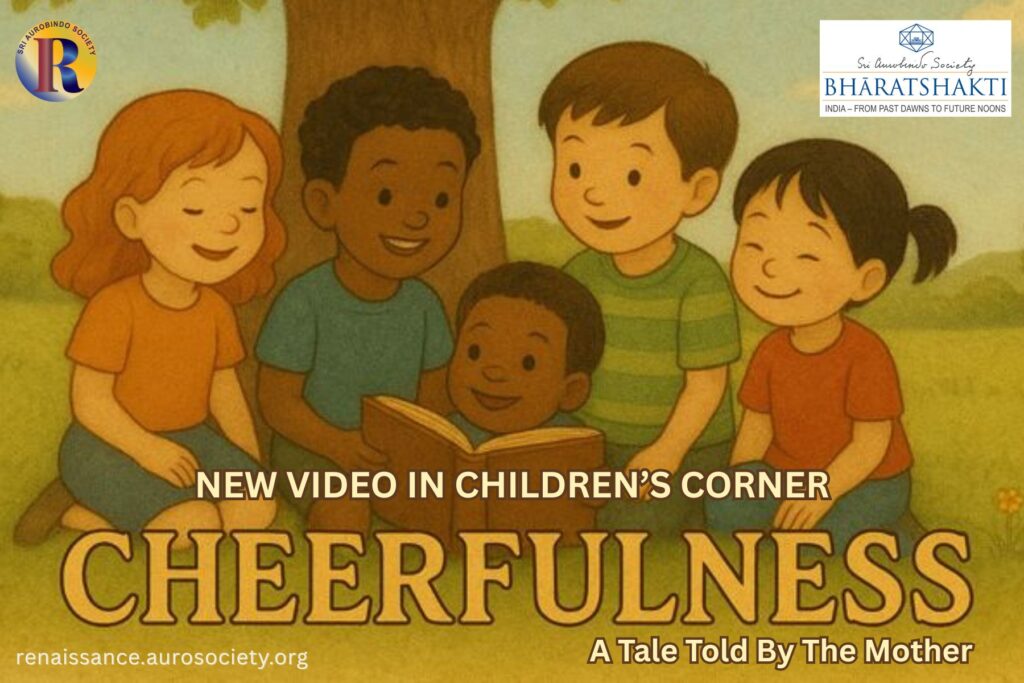Volume V, Issue 9
Author: Beloo Mehra
Editor’s Note: In Sri Aurobindo’s and the Mother’s vision of integral human development, cultivation of a sense of beauty occupies an important place. But how do we understand Beauty? How is it connected with delight, harmony and life? How does one experience the delight of beauty? Read and reflect on these questions and more. Also, watch a small video included here featuring an important passage from the Mother where she highlights how “the anguish of desire” distorts the experience of beauty.

Introduction
“Man’s seeking after beauty reaches its most intense and satisfying expression in the great creative arts, poetry, painting, sculpture, architecture, but in its full extension there is no activity of his nature or his life from which it need or ought to be excluded,—provided we understand beauty both in its widest and its truest sense.
“A complete and universal appreciation of beauty and the making entirely beautiful our whole life and being must surely be a necessary character of the perfect individual and the perfect society.”
~ Sri Aurobindo, CWSA, Vol. 25, pp. 136-137
Modern tendency is to depreciate the value of the beautiful and over-stress the value of the useful. Generations of Indians have been products of an education that has been merely utilitarian and therefore, soul-less. This has cut them off from the ancient roots of their aesthetic cultural traditions.
Over the course of time, due to many reasons the faculties of creative imagination, higher emotional delicacy and spiritual sensitivity got submerged. But fortunately they have not yet been fully destroyed, assures Sri Aurobindo. There is, however, a great necessity to revive the temperament which values deeper beauty in all aspects of life. Our education must figure out ways to cultivate the faculties that made possible a high aesthetic culture in India.

What is Beauty?
Beauty is the “special divine Manifestation in the physical as Truth is in the mind, Love in the heart, Power in the vital,” says Sri Aurobindo. The great sufi musician Hazrat Inayat Khan once said:
“As the ocean cannot be emptied into a vessel made by human hands, so beauty cannot be captured within the limits of human definitions. There is the beauty of the pine tree, a beauty of straightness and uprightness; and again there is the beauty of the sweeping branches of the willow.
“Or again a curve added to the beauty of steadiness of form sometimes doubles that loveliness. What can explain this diversity? Beauty of movement, of gesture, of feature, of expression, of voice, all escape explanation, which is indeed but a limited thing.”
~ The Art of Personality, Chapter 12

Beauty indeed escapes all human definitions. It is in and of the form, but also and primarily beyond the form. It is in movement and also in stillness. Beauty is something to be experienced. But the experience may also be limited by the limitations of the experiencing heart and mind.
Beauty and Delight
“Beauty is his footprint showing us where he has passed…”
Sri Aurobindo, Savitri
This one line from Sri Aurobindo’s epic poem, Savitri expresses perfectly the deepest Indian view of Beauty. In the Indian spiritual tradition Sachchidananda is the highest Supreme trinity of Existence (Sat), Consciousness (Cit), and Delight or Bliss (Ananda). “Raso vai sah,” says the Taittiriya Upanishad. It means that That or He or Brahman is of the nature of rasa, the delightful sap. The joy of God-realisation (Brahmananda) and the highest taste of aesthetic experience (rasasvadana) are described as “twin brothers” (sahodarah). This is why religion, philosophy and art have always been inseparable aspects of a single, unified cultural tradition.
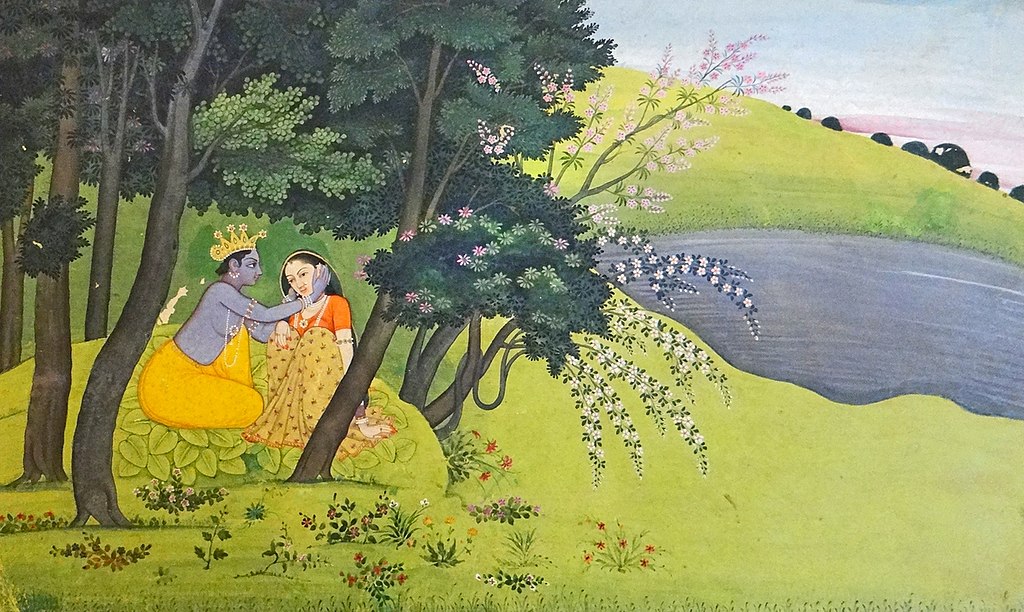
Beauty, according to Sri Aurobindo, is Ananda taking form, though the form need not be a physical shape.
“One speaks of a beautiful thought, a beautiful act, a beautiful soul. What we speak of as beauty is Ananda in manifestation; beyond manifestation beauty loses itself in Ananda or, you may say, beauty and Ananda become indistinguishably one.”
~ Sri Aurobindo, CWSA, Vol. 27, p. 700
This oneness of Beauty and Delight is a quintessential aspect of the Indian view on Art, Beauty and Art Appreciation. All Art is a medium to express this Ananda, this Eternal Delight through form, in this view. But as noted earlier, beauty need not have a physical form. A thought or a most ordinary act becomes beautiful when it becomes a means to Delight. This is a matter of experience. And it requires gradual inner development – both for the artist as well as the one appreciating art.
How does one experience the delight of beauty?
“The vision of beauty is spontaneous, in just the same sense as the inward light of the lover (bhakta). It is a state of grace that cannot be achieved by deliberate effort; though perhaps we can remove hindrances to its manifestation, for there are many witnesses that the secret of all art is to be found in self-forgetfulness. And we know that this state of grace is not achieved in the pursuit of pleasure; the hedonists have their reward, but they are in bondage to loveliness, while the artist is free in beauty.”
~ Ananda Coomarswamy, The Dance of Shiva: Fourteen Essays, pp. 39-40
When we stand in front of a work of art, does it make us experience a moment of self-forgetfulness? How is it similar to the experience of being in a state of divine grace? The self-forgetfulness Coomaraswamy speaks of is not a casual mind-less-ness. It is rather a practice of going higher than the realm of mind. The mental-vital ego-self is forgotten along with its incessant demands, desires, expectations, and preferences.
It is a state of grace when we are completely identified with the objet d’art, even if the moment is just a tiny one. This is how one may experience Delight, whether in the process of creating art or appreciating art. Pursuit of true beauty is not at all a hedonistic pursuit of pleasure. Sri Aurobindo once wrote that for the perfect creation of beauty, three elements are needed: the fundamental element of beauty which is present in everything, the pervading quality or guna, and the expression or form.
From the point of view of the connoisseur of art, to experience beauty in a work of art it is not necessary to understand the artist’s meaning. With a cultivated inner sight and feel he or she can ‘connect’ with what is being expressed and knows without reasoning whether or not the work is beautiful, before the mind begins to question what it is “about”.
The Indian aesthetic tradition uses the term sahṛdaya (सहृदय). This may be defined as one who is good hearted, kind, compassionate, sincere, a learned man, an appreciator of merits, a man of taste, a man of critical faculty, a trained and cultivated appreciator of art, one of the same heart having sympathetic response (particularly in connection to art appreciation).
Still, beauty for beauty’s sake can never be the spirit of art in India, says Sri Aurobindo.
An artist and an art connoisseur who are steeped in the highest values of Indian culture always seek beauty. But they never lose sight of the end which Indian culture holds more important, the realisation of the Self in things, of the Invisible in the visible, of the Infinite in finite.
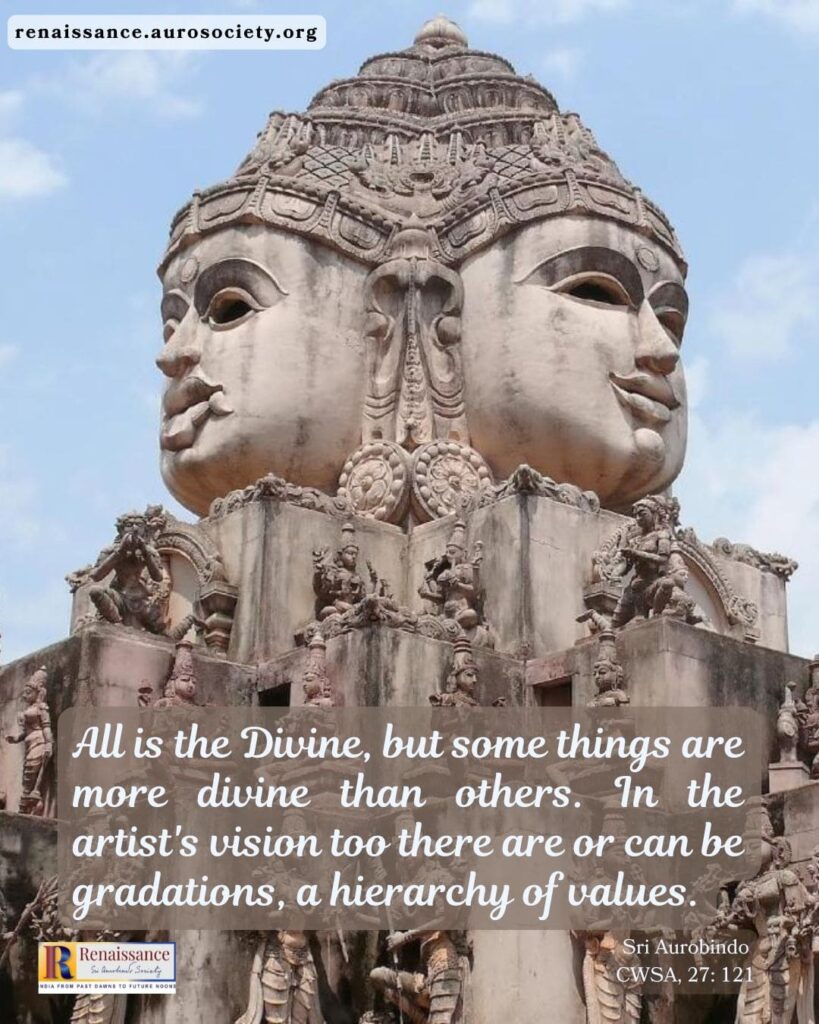
Sri Aurobindo writes that in the Yogin’s vision of universal beauty all becomes beautiful, but all is not reduced to a single level. He speaks of gradations, a hierarchy in this All-Beauty and adds that it depends on the ascending power of consciousness and Ananda that expresses itself in the object. “All is the Divine, but some things are more divine than others. In the artist’s vision too there are or can be gradations, a hierarchy of values.”
“Beauty does not get its full power except when it is surrendered to the Divine.”
~ The Mother, CWM, Vol. 15, p. 232
From a spiritual perspective, Beauty is an expression of the Infinite on the physical plane. Therefore, for something to be truly and beautifully effective it must be offered at the service of the Divine. In other words, there is no place for an egoistic pursuit in the truest experience of Beauty.
Once the Mother was asked a question – Where does desire come from?
In her simple yet profound reply, she spoke about Ignorance or Avidya as the origin of desire. She explained that love in its obscurest and most unconscious form, which seeks to possess the object of love, is also the source of desire. And in this context, she further explained how a true artist does not need to possess any object of beauty that he or she loves. Her beautiful description of how an artist, in true sense of the word, is beyond the “anguish of desire” demands deep reflection when we try to understand the true significance of art and aesthetic development for humanity’s progress.
In a letter to a disciple, Sri Aurobindo emphasised that for an artist who takes up art as part of his or her sādhana, all artistic pursuit must be done in the true spirit, not for fame or self-satisfaction, but as a means of contact with the Divine through inspiration or of the expression of one’s own inner being. This is how, he reminds, it was done “formerly by those who left behind them so much devotional and spiritual poetry in India”.
Connected to this is the relation between love, delight and beauty. Sri Aurobindo reminds that without perfect love there cannot be perfect beauty, and without perfect beauty there cannot be perfect delight.
“God as beauty, Srikrishna in Brindavan, Shyamasundara, is not only Beauty, He is also Love, and without perfect love there cannot be perfect beauty, and without perfect beauty there cannot be perfect delight.”
~ CWSA, Vol. 1, p. 443
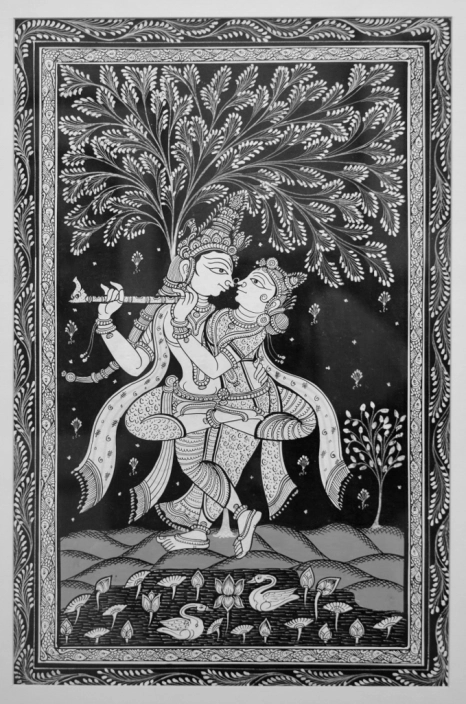
Beauty, Harmony and Life
“The physical world is the world of form and the perfection of form is beauty. Beauty interprets, expresses, manifests the Eternal. Its role is to put all manifested nature in contact with the Eternal through the perfection of form, through harmony and a sense of the ideal which uplifts and leads towards something higher.
~ CWM, Vol. 12, p. 232
Harmony is another important aspect of the Indian view on Beauty and Art.
This is true for all kinds of artistic and creative process. This aspect of harmony is emphasised in all Indian art forms – be it painting, dance or music. Ultimately, this inner harmony is to be experienced both by the creator as well as the receiver of the art. Harmony like Delight is an inner quality of the soul and must be developed progressively. Art—both the artistic process as well as art appreciation can be important means to develop a greater sense of inner harmony.
Highlighting important dimensions of this harmony and its essential relation with art and life, the Mother writes,
“Skill is not art, talent is not art. Art is a living harmony and beauty that must be expressed in all the movements of existence. This manifestation of beauty and harmony is part of the Divine realisation upon earth, perhaps even its greatest part. For, from the supramental point of view beauty and harmony are as important as any other expression of the Divine.
“But they should not be isolated, set up apart from all other relations, taken out from the ensemble; they should be one with the expression of life as a whole. People have the habit of saying, “Oh, it is an artist!” as if an artist should not be a man among other men but must be an extraordinary being belonging to a class by itself, and his art too something extraordinary and apart, not to be confused with the other ordinary things of the world.
“The maxim, “Art for art’s sake”, tries to impress and emphasise as a truth the same error. It is the same mistake as when men place in the middle of their drawing-rooms a framed picture that has nothing to do either with the furniture or the walls, but is put there only because it is an “object of art”. True art is a whole and an ensemble; it is one and of one piece with life.”
~ CWM, Vol. 3, p. 109
The Mother further explained that true art is the expression of beauty in the material world.
When the world is transformed spiritually art must act as a revealer and teacher of this divine beauty in life. If art can do that it is not merely a means for the realisation of beauty, it also becomes a teacher of what beauty ought to be. In other words, “art should be an element in the education of men’s taste, of young and old, and it is the teaching of true beauty, that is, the essential beauty which expresses the divine truth. This is the raison d’être of art,” said the Mother.
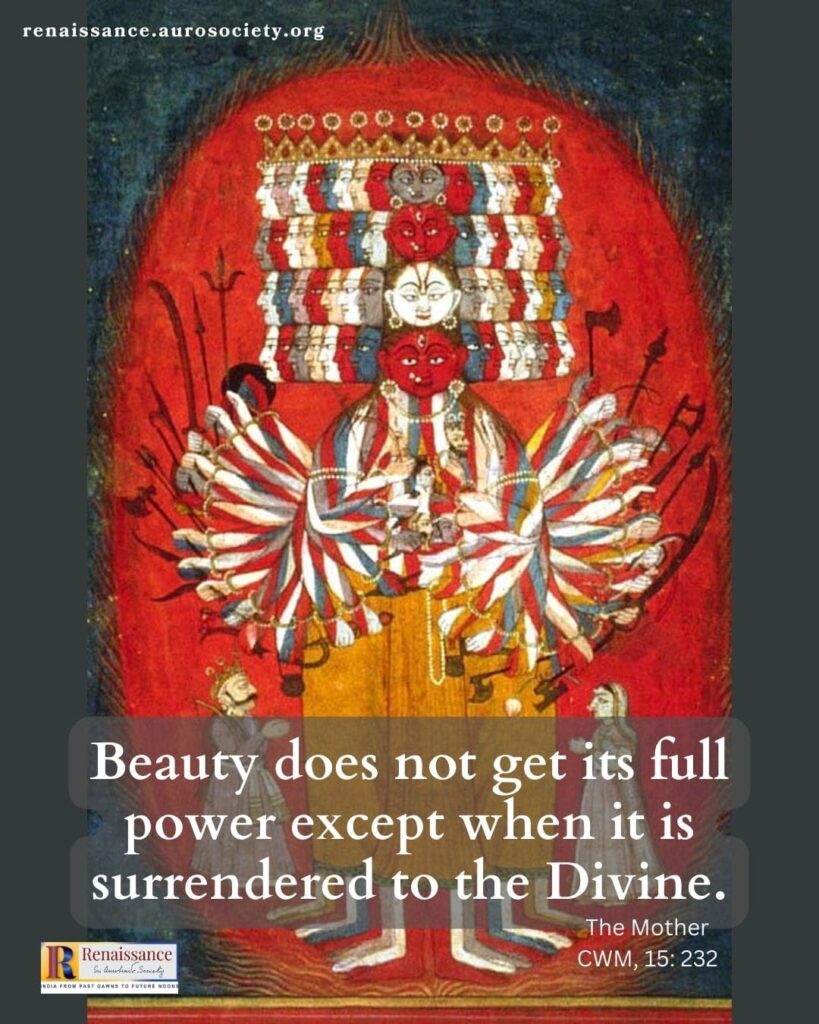
A Nation Surrounded by the Beautiful
Sri Aurobindo once wrote about the important role art and aesthetic development play in the building of a nation. He pointed out that this does not mean that every individual has to become an artist. But “it is necessary that every man should have his artistic faculty developed, his taste trained, his sense of beauty and insight into form and colour and that which is expressed in form and colour, made habitually active, correct and sensitive.”
He continued,
“It is necessary that those who create, whether in great things or small, whether in the unusual masterpieces of art and genius or in the small common things of use that surround a man’s daily life, should be habituated to produce and the nation habituated to expect the beautiful in preference to the ugly, the noble in preference to the vulgar, the fine in preference to the crude, the harmonious in preference to the gaudy.
~ Sri Aurobindo, CWSA, Vol. 1, p. 452
“A nation surrounded daily by the beautiful, noble, fine and harmonious becomes that which it is habituated to contemplate and realises the fullness of the expanding Spirit in itself.”
READ:
The Purpose of Art: From Beauty to Bliss
In the same essay, he emphasized the need to revive the spirit of old Indian Art. This means that art must essentially express beauty, delight, harmony and help elevate the consciousness of the artist and people in general. He added that the inspiration and directness of vision which created the great masterpieces in the past still persists. But the inborn skill and aesthetic taste of the Indian people as a whole are lacking. Also, it is important that we recover the dexterity of the Indian hand and the intuitive gaze of the Indian eye.
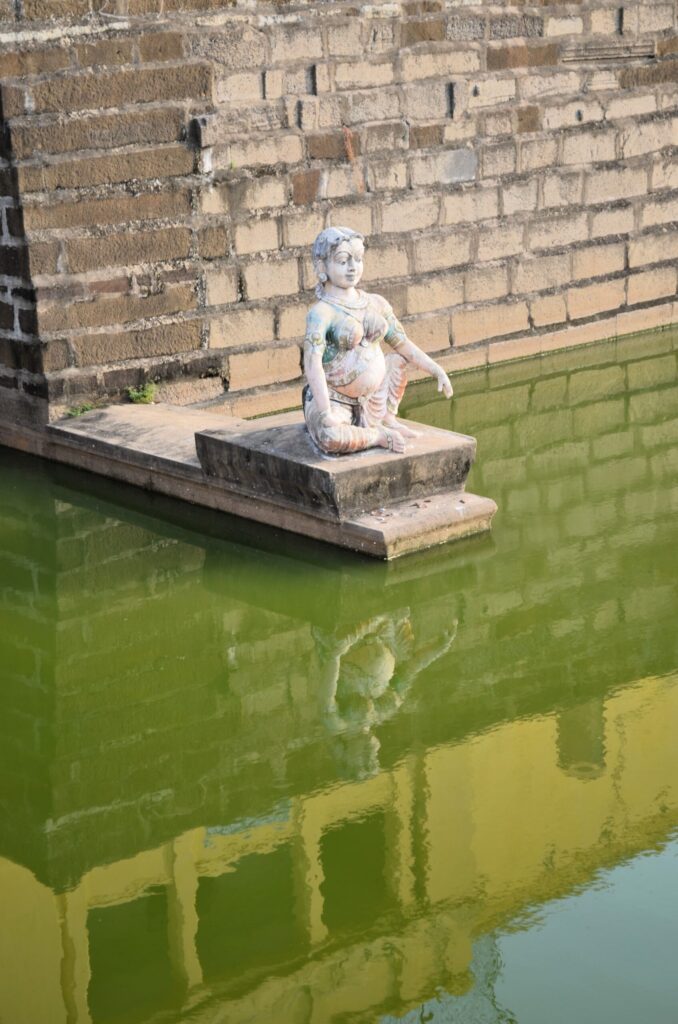
In the Indian aesthetic tradition, all art expressions were viewed as vehicles of beauty providing both pleasure and education, through refinement of senses and sense perceptions. The highest Indian art is identical in its spiritual aim and principle with the rest of Indian culture, says Sri Aurobindo. This spiritual aim of art is not forgotten even on the level of material world, the outer life of man and the things of external Nature.
Therefore, Sri Aurobindo emphasises that beyond the ordinary cultivation of the aesthetic instinct necessary to all artistic appreciation a spiritual insight or cultural training are also needed if we are to enter into the whole meaning of Indian artistic creation. Otherwise we get only at the surface external things or at the most at things only just below the surface.
This cultural training, according to Sri Aurobindo includes developing some fundamental attitudes towards existence, widening of the horizon and view of one’s culture, a partial shifting of the standpoint from which one is accustomed to see and judge all that one sees, a more flexible vision and a more profound imagination. Technical appreciation and imaginative sympathy which tries to understand art from outside are not enough. It is necessary to enter into the kind of spiritual experience, the range of creative sight, imaginative power and mode of self-expression that the art is expressing.
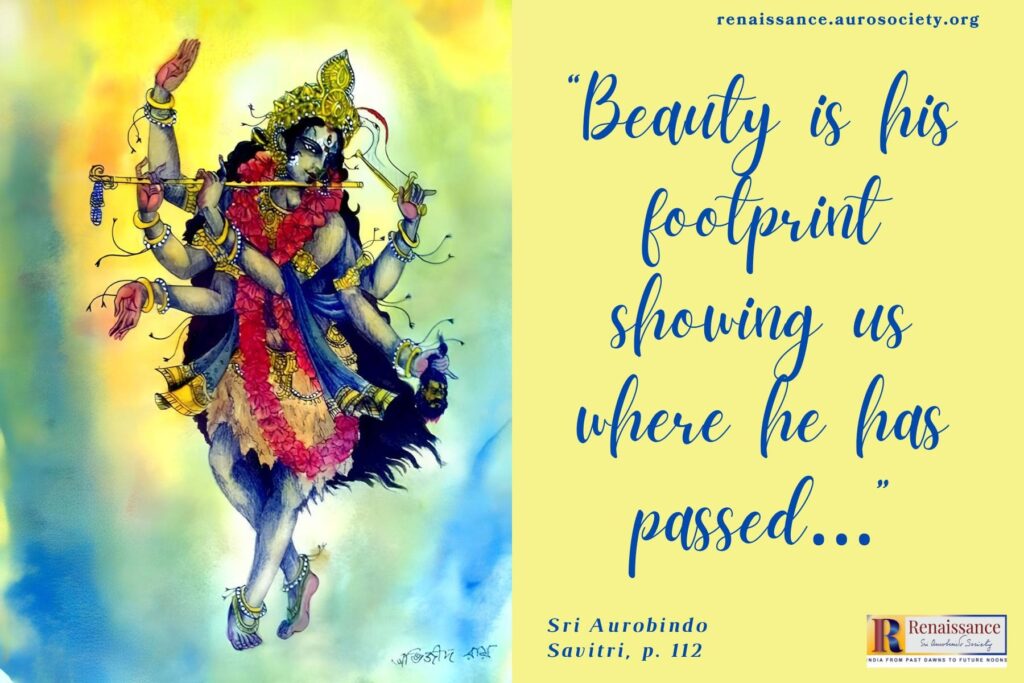
~ Design: Beloo Mehra

